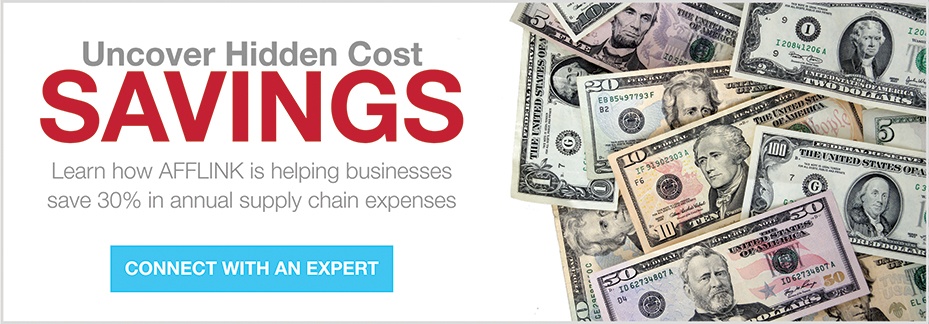According to the Carbon Disclosure Project (CDP), a company's supply chain is responsible for four times the direct emission pollution than the rest of their departments and operations are. While this is a significant impact, companies are not working with suppliers to reduce their emissions. The CDP found that only 22% of companies worked with their suppliers to reduce emissions in their supply chains.
While reducing emissions across your supply chain is possible, it’s no easy feat. Here, we’ll talk about steps you can take to reduce emissions for a more sustainable supply chain.
1. Ask the Right Questions
It’s a good idea to ask suppliers to provide you with information about their emissions so you can monitor risk and trends. However, you don’t want to make your questionnaires so difficult that your suppliers won’t be able to answer them. Depending on the supplier, you likely want to ask qualitative, rather than quantitative, questions; the goal with these questionnaires is to make sure suppliers are committed to reducing emissions, which, in turn, helps you get a more accurate perspective on their commitment to sustainability.
2. Use What You Already Have
One of the problems companies face when aiming to lower their emissions is inadequate emission monitoring tools. That’s why it’s important to link greenhouse gas reduction initiatives with IT systems you already have in place. Integrated information management systems let you set goals for carbon management and sustainability company-wide. Then, your suppliers can monitor their progress in meeting the standards the same way they record other data.
3. Think Long Term
Companies that focus solely on short tem compliance and risk mitigation are setting themselves up for failure. Instead, collaborating with and encouraging your suppliers is a much more effective decision. Without fear of penalization, you and your suppliers can explore different long term business models, make new partnerships, and work together to create a more sustainable supply chain.
4. Get With the Program
Using external programs can help your suppliers use resources more effectively, monitor emissions more effectively, and create more feasible plans for emission reduction. There are three major types of these third-party programs. First are programs that ask supply chain-specific questions about emissions data across industries. Second, technical assistance programs provide public recognition for emission reduction. Third, industry peer programs collect emissions data for each specific sector.
5. Award Gold Stars
Suppliers who make great strides in reducing their emissions should be rewarded accordingly. Provide benefits to suppliers that reduce emissions, including government incentives and buyer programs. Additionally, you should reward – and let suppliers know you will reward – reduced emissions with more favorable procurement decisions and a more committed business relationship. It sounds elementary but you’d be surprised what gets accomplished when there’s an incentive involved.
Reducing emissions is key to creating a more sustainable supply chain. By focusing on emission reduction throughout different stages of the supply chain, monitoring reductions more efficiently, and making gradual improvements, you can improve your sustainable supply chain through the upcoming years for long term success.

About Michael Wilson
Michael Wilson is AFFLINK'S Vice President of Marketing and Communications. He has been with the organization since 2005 and provides strategic leadership for the entire supply chain team. In his free time, Michael enjoys working with the Wounded Warrior Project, fishing, and improving his cooking skills.






